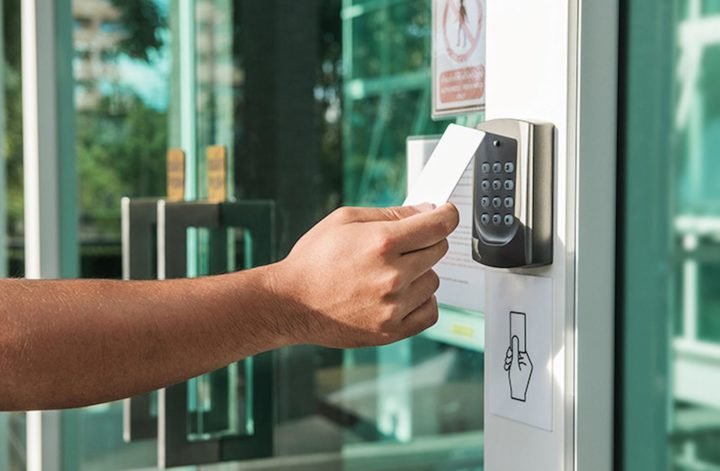Ever wondered how an office environment can increase – or, indeed, hinder – your workforce’s proficiency and productivity? It matters a lot more than you may think! Read on for our tips on how to provide an enjoyable and efficient workspace.
Privacy For Meeting Rooms
Open plan office may be all well and good for communication, but when it comes to meetings – they should remain private. Make sure your employees have an area that can be fenced off and sound proofed from the rest of the office. In addition to this, people within the meeting room should not be visible from the outside. A great way of achieving this when it comes to glass doors is to use window film. This comes in a range of attractive colours and designs to partially conceal glass panes and can be used to black out a room entirely. However, many types of window film don’t block out much surrounding natural light at all, all while giving your employees that all-important privacy.
Good Lighting
Most of us have worked in an office where the lighting is a constant struggle between employees, who are sitting by the blind and get the constant job of opening and closing it for their colleagues! Oftentimes the glare from a window can be off-putting when typing, while an office space that’s too dark can be unmotivating and can become an unpleasant place to work. On top of this, electrical lighting can become an issue. The glare from a strip light can even give employees headaches or eye pain – something that will only hinder your employees’ productivity, creativity, and time in the office! Make sure there is plenty of access to natural lighting, and appropriate electrical lighting, with the ability to block out or dim lighting as appropriate as the day goes on.
Ergonomic Office Furniture
Painful office chairs that give you a bad back should become a thing of the past – there are plenty of low-cost options out there that will make your employees as comfortable as possible while working. Nobody should have an uncomfortable environment, painful back or unsupported neck while hard at work. Consider the different jobs that your employees do – such as typing – and look at chairs and desk setups accordingly. Always ask employees whether they have any specific health problems that you can provide equipment to assist them with managing while at work, too.
Good Storage
Storage should also be a factor when deciding on your employees’ workspace. There should be adequate storage – such as desk drawers – for not only the employees’ work items, but also some of their personal items. A tidy desk equals a tidy mind, and a clear working area contributes to focus and productivity. It also helps employees to feel more ‘at home’ while at work, and will assist in enjoyment of the day.
As always, the best thing to do to maintain a safe, comfortable and enjoyable environment for employees is to listen to their needs. If they require equipment, try to provide where necessary and suitable.



